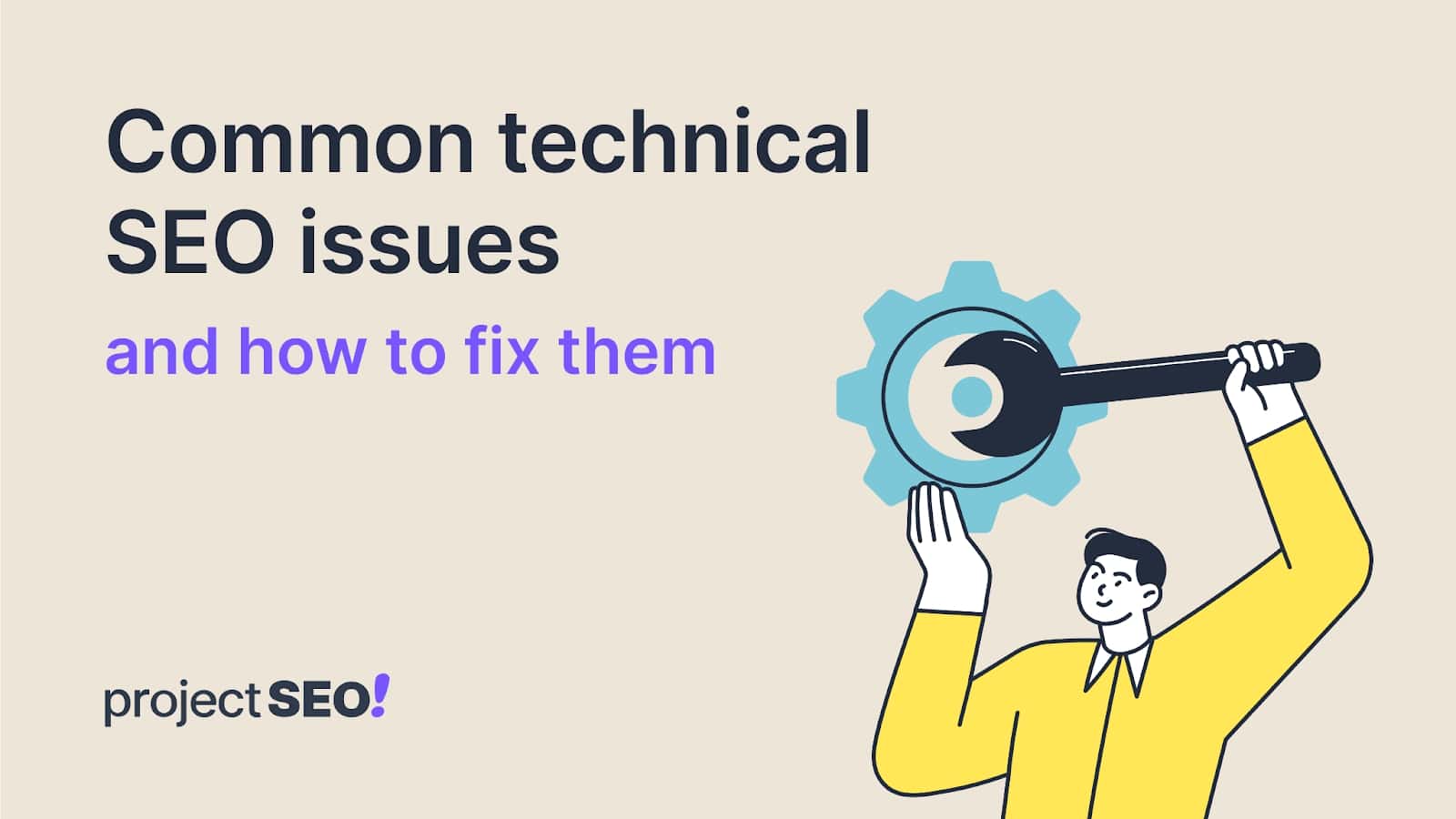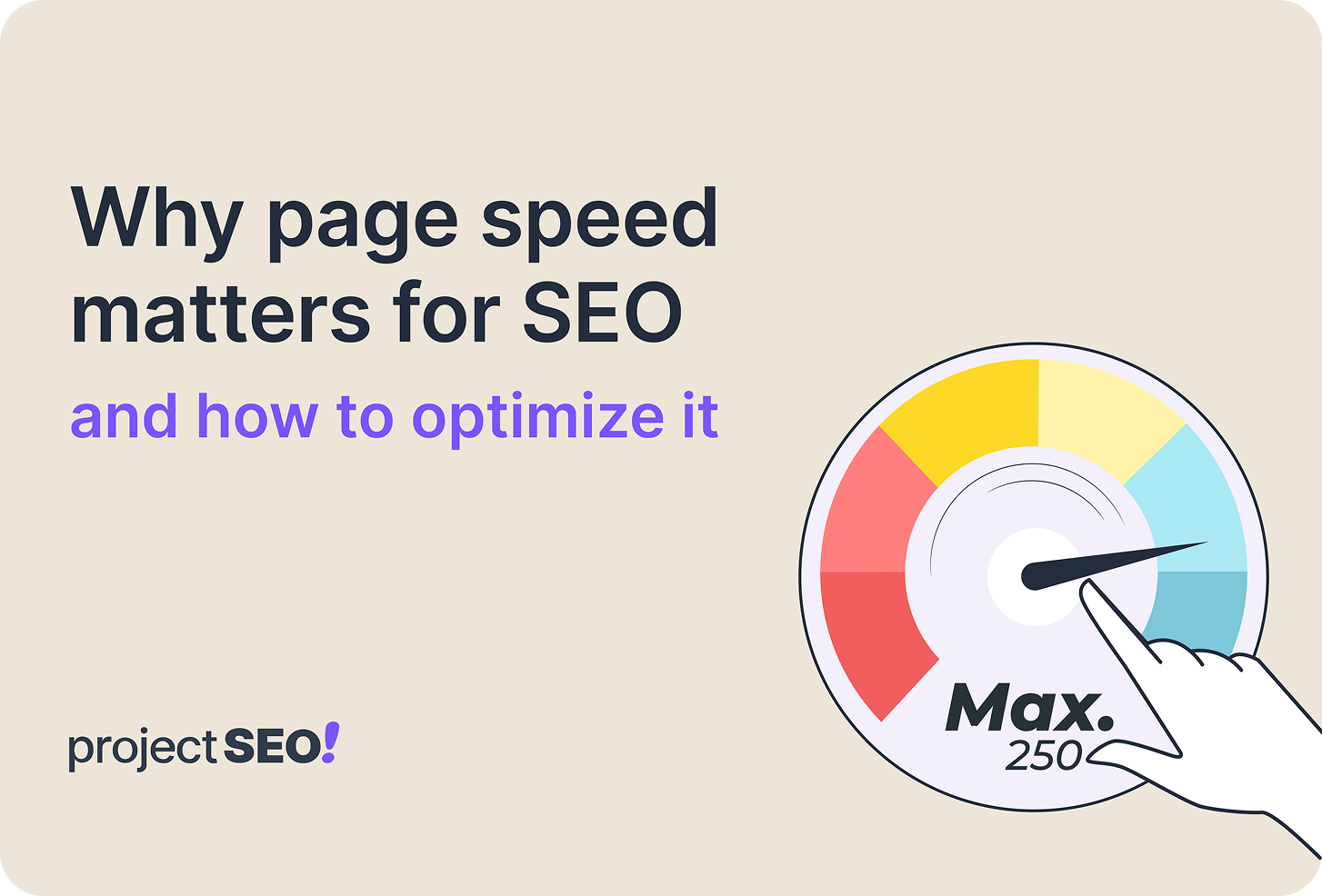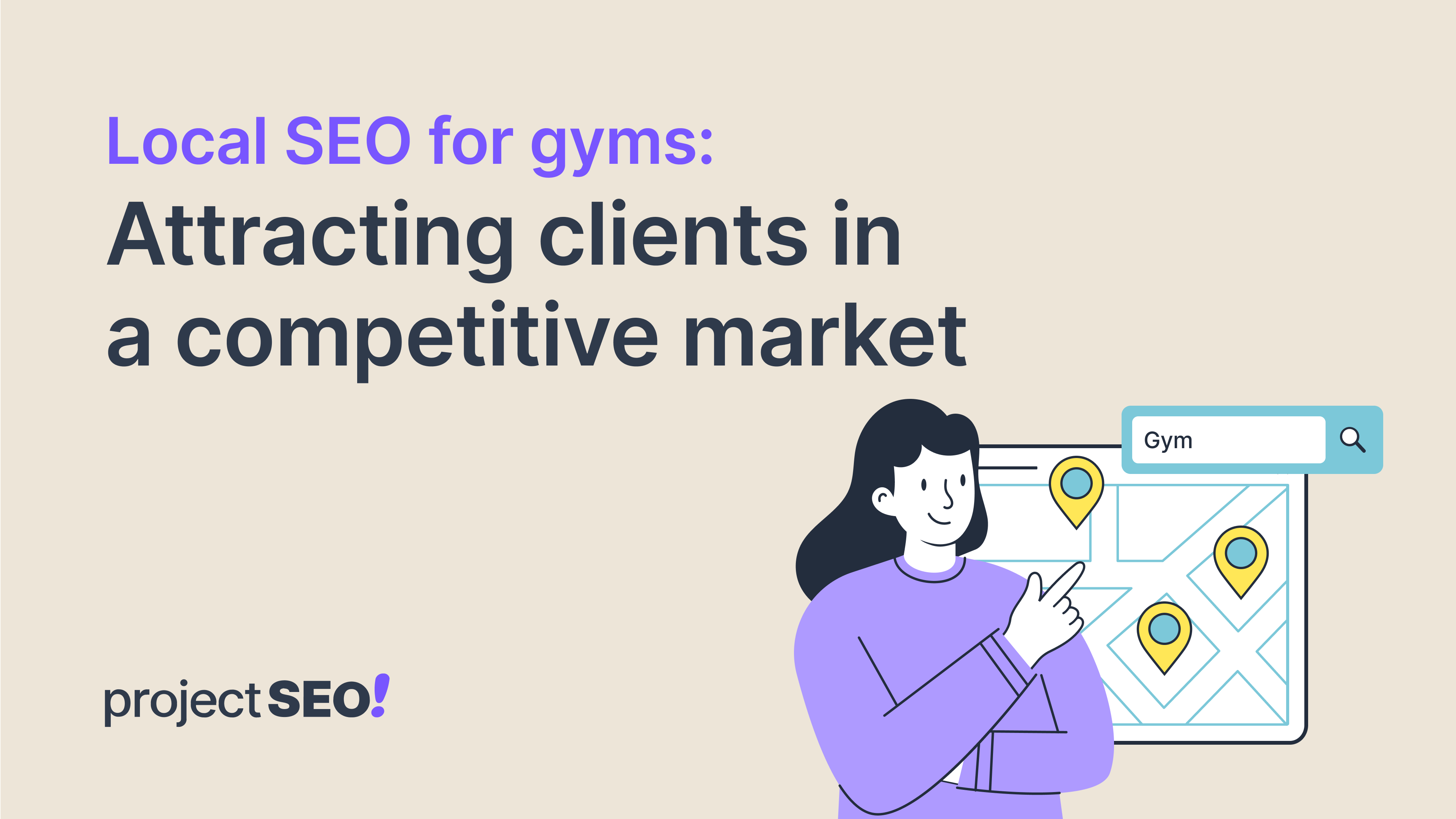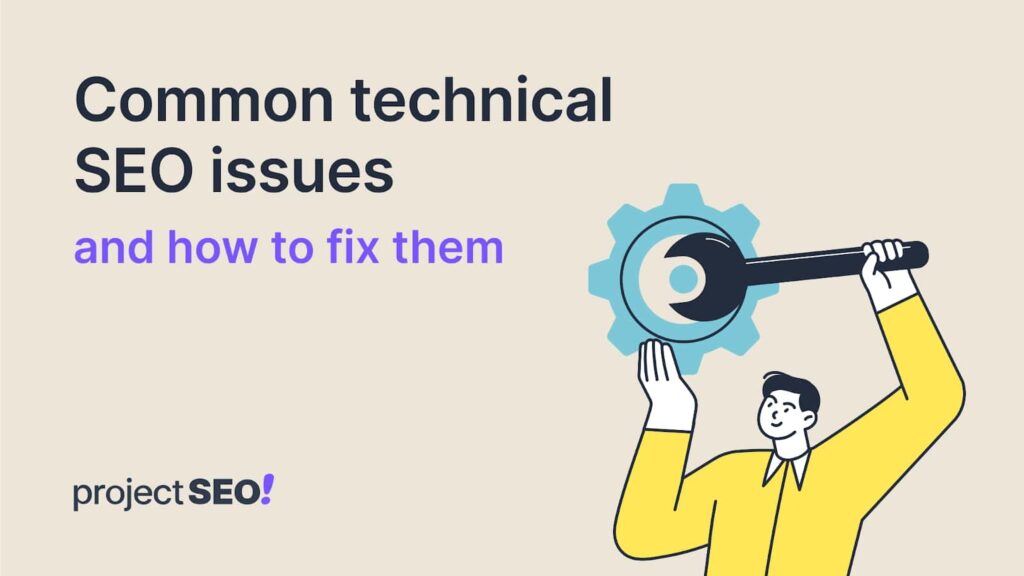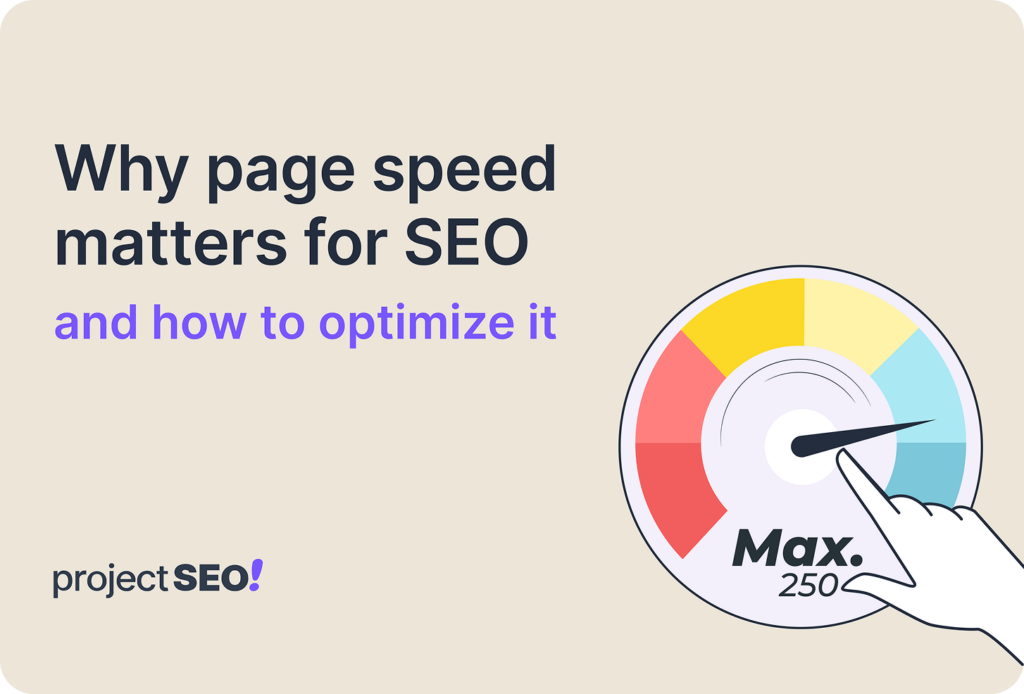In the competitive world of SaaS companies, having a strong online presence is crucial for attracting prospective customers. Many SaaS companies have built websites with landing pages and blog posts to optimize organic search traffic for their online presence. However, some have experienced a sudden drop in organic traffic despite their efforts.
In response to this issue, we, as data-driven marketers, conducted audits of SaaS company websites to uncover the underlying issue(s). The audit revealed several potential causes for slow site speed and the drop in organic traffic, including Google’s Helpful Content update, too many blog posts, and a confusing website architecture. This article will explore these potential causes and provide takeaways for fixing these issues to improve a SaaS company’s online presence.
- 1. Google's helpful content update likely de-ranked your content
- 2. Too many blog posts (like thousands)
- 3. Too many landing pages targeting multiple locations
- 4. Important pages not being crawled by Google
- 5. No internal links to direct bots and people to deeper pages
- 6. Website architecture confusion
- The takeaways for fixing these Saas website issues
- Thankfully, outsourcing Saas website fixes is an option
- Frequently asked questions
1. Google’s helpful content update likely de-ranked your content
Google’s helpful content update, which was launched in August 2022, aimed to reward websites that provide visitors with a satisfying experience and demote those that fail to meet their expectations. This update prioritizes publishing “people-first content” that is not stuffed with keywords and provides significant value. Google discourages a “search engine-first approach” where the primary goal is to get ranked and drive traffic from search engines.
Unfortunately, this update may have played a role in the decreased traffic for some SaaS websites, such as the one reviewed in this article. The website traffic data itself doesn’t start to decline until the end of August, which coincides with the update’s release.

SaaS companies may also be impacted by this update, particularly those that rely heavily on low-quality content or duplicate content. Websites that publish authoritative, relevant, and high-quality content are more likely to maintain or improve their search rankings under this update.
To adapt and regain ranking under this algorithm update, websites should focus on publishing quality content that meets visitors’ needs. They should also prioritize relevance and ensure that their content aligns with their target audience’s interests. Using relevant keywords and optimizing content for the SERP can also help improve rankings.
2. Too many blog posts (like thousands)

Having an excessive number of blog posts on a website can have a negative impact on its authority and hinder organic traffic. When a site has thousands of blog posts, there is a high likelihood of overlap in many of them, leading to competition for similar keywords and rankings in the same SERPs. This results in cannibalization of the website’s own keywords and therefore organic traffic drops.
Moreover, when there are multiple posts targeting the same keywords and topics, it sends traffic to multiple locations on multiple pages of the site instead of directing them down a clear path. This can lead to a poor user experience, causing potential customers to leave the site without converting.
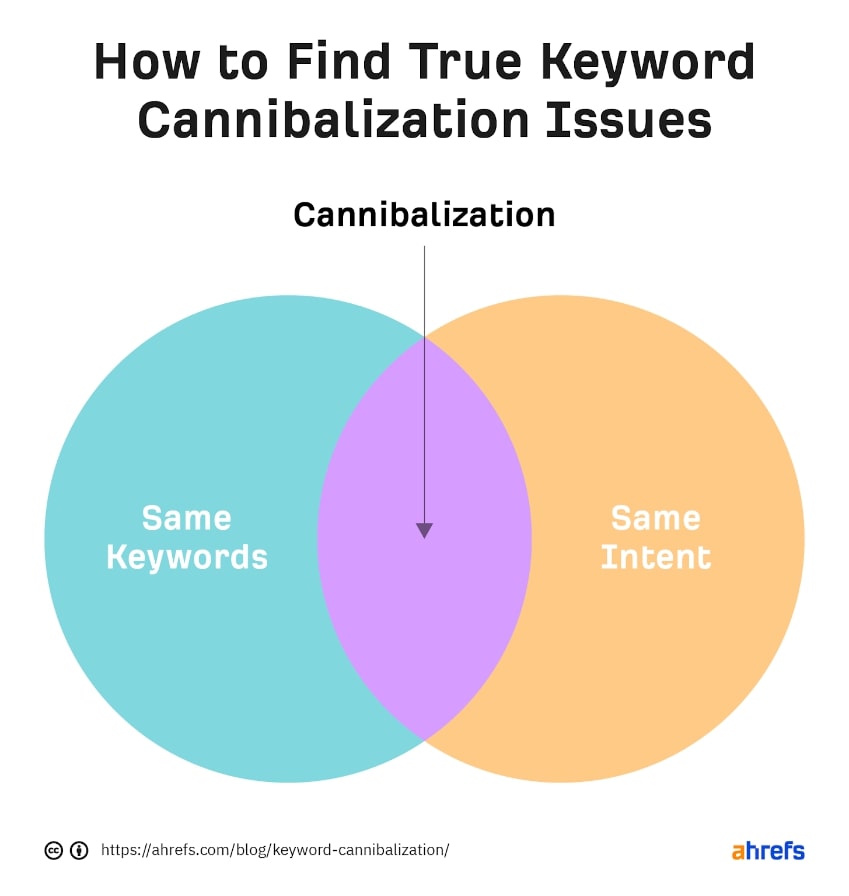
To optimize and manage existing blog content, it is recommended to combine similar blog posts into one high-value, authoritative post. This will ensure that there is only one ranking and driving traffic for that particular topic. Additionally, creating a clear path to a tailored landing page or call for conversion can help increase conversions and improve the user experience.
It is also important to prune low-quality, low-performing posts altogether. This will ensure that the site has fewer but high-value posts that deliver results and improve SEO.
In terms of future content marketing, creation and maintenance, it is recommended to conduct keyword research and analyze search intent to ensure that the content is relevant and valuable to the target audience. Keeping up with industry trends and staying ahead of competitors can also help in creating fresh and engaging content.
By optimizing and managing existing blog content and strategizing for future content creation, a website can improve its authority, increase organic traffic, and ultimately drive more conversions.
3. Too many landing pages targeting multiple locations
Creating multiple landing pages for different cities is an outdated tactic that many SaaS companies still employ. These pages are often known as doorway pages and are designed to target people in specific locations. However, Google frowns upon this practice because it creates a poor visitor experience and can be seen as an attempt to manipulate the algorithm.
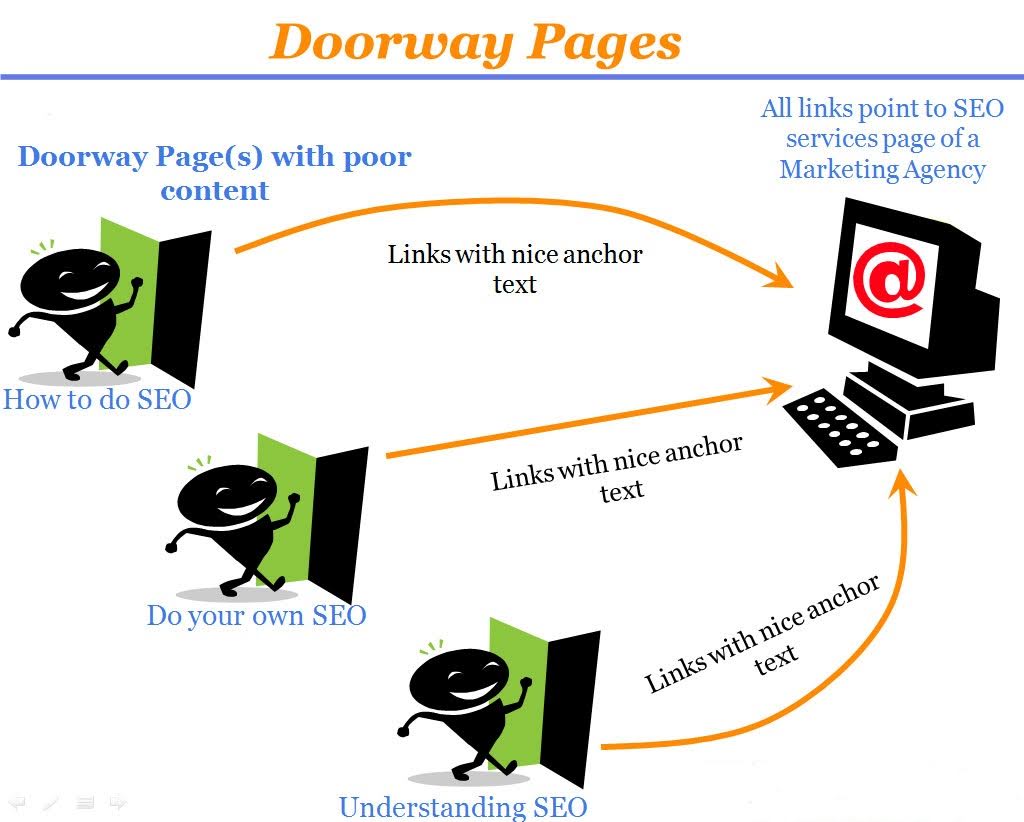
Having multiple landing pages targeting the target keywords in various locations can lead to keyword cannibalization, where pages compete for the same keywords and end up diluting the overall SEO targeting. This can also cause confusion for search engines, making it harder for them to understand which page to rank for a particular search query.
To streamline landing pages and improve SEO targeting, it is recommended to have only one landing page that lists the cities you service. Additionally, it is best to create city landing pages only for the locations where you have a physical office. An exception can be made for highly populated cities to increase traffic.
By pruning unnecessary landing pages and focusing on quality over quantity, SaaS companies can improve their organic traffic and potentially increase conversions.
4. Important pages not being crawled by Google
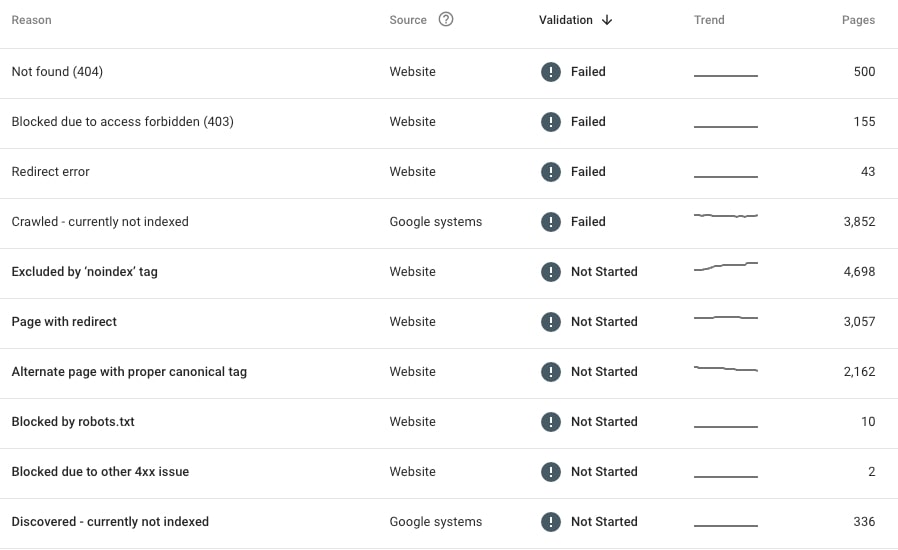
Having essential pages indexed by Google is critical to a website’s search engine optimization (SEO) potential. However, it is not uncommon for important pages not to be crawled by Google. This can occur for several reasons, including technical issues, crawl errors, and server problems.
When analyzing a SaaS company’s website via the Google Search Console API, it was found that many pages had not been crawled, some for over a year. This is problematic because it indicates that there is a lot of unnecessary content on the site, which can negatively impact its performance and SEO potential.
To ensure that critical pages are indexed and visible, there are several actionable steps that can be taken. One such step is to prune the site by removing or combining posts that are thin or have little value. It is also essential to identify keywords and build out blog posts by covering topics that other sites write about. This will help ensure that the blog post is the most comprehensive without being too long.
Additionally, the focus should be on answering the most pressing questions that clients have and providing valuable content. This can include case studies showcasing how the SaaS company has helped other businesses achieve success, which adds social proof of their ability to solve similar challenges.
In conclusion, having important pages indexed by Google is crucial for a website’s SEO potential. When pages are not being crawled, it can negatively impact the site’s performance. By taking actionable steps such as pruning the site and building out blog posts, SaaS companies can ensure that their critical pages are indexed and visible to potential clients.
5. No internal links to direct bots and people to deeper pages
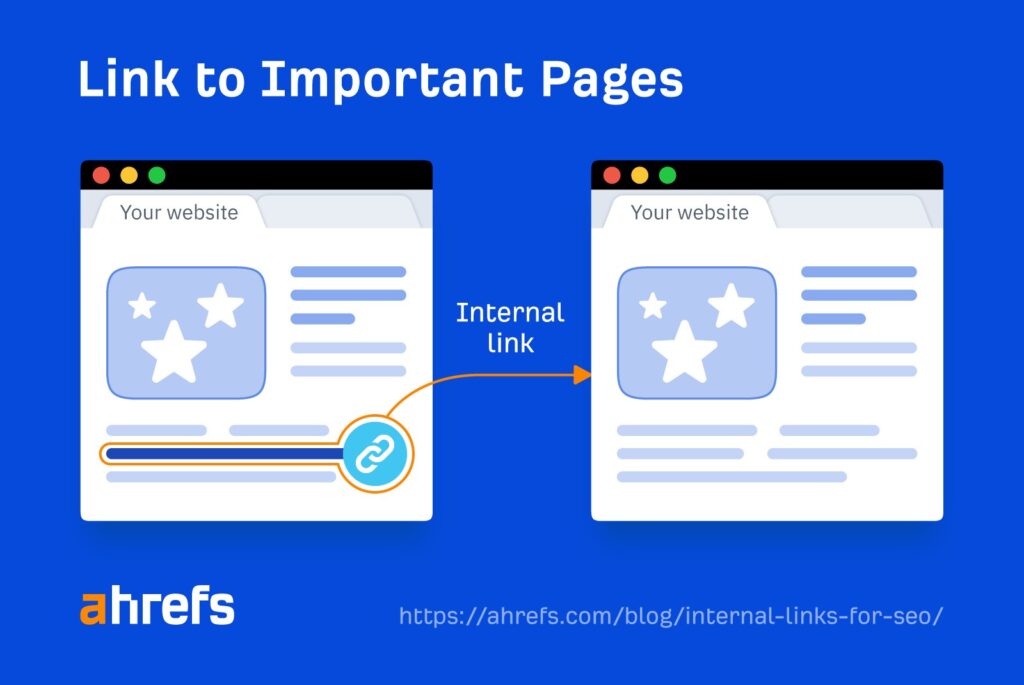
Internal linking is crucial for providing a better user experience and improving SEO. By including links to other pages and blog posts on your website, users can easily navigate through your site and find relevant content. This same link structure also helps Google index those pages, which can improve your search engine rankings.
A common issue on SaaS websites is that deeper pages are not linked to and are difficult to find without directly typing in the URL into the browser. This can affect crawlability and rankings since Google may not be able to find and index those pages.
To implement effective internal linking strategies, it is important to structure your site’s navigation in a way that allows people and bots to find relevant content. For instance, your home page should have a menu that directs visitors to your service pages, location pages, blog posts, and contact page. Then under your blog post page, there should be categories to quickly find the information a visitor needs.
By including links on your pages and blog posts, you can direct visitors to other relevant posts they may find useful. It also inches them closer to calling your SaaS company. It is recommended to interlink relevant service pages, blog posts, and other resources such as guides, eBooks, and case studies in your content.
In conclusion, internal linking is an essential aspect of website optimization. It not only improves user experience but also helps Google crawl and index your pages, which can lead to higher search engine rankings. By implementing effective internal linking strategies, you can ensure that your website is easily navigable and provides a better user experience.
6. Website architecture confusion
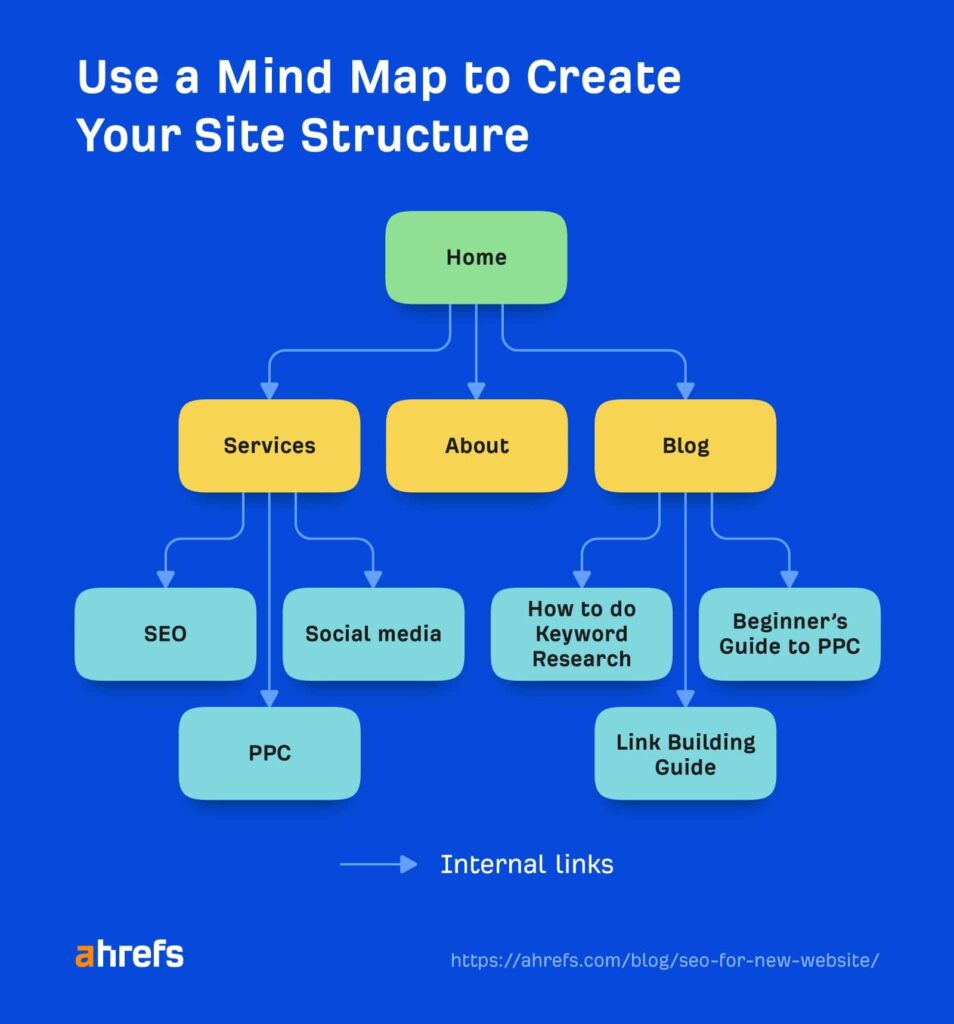
Website architecture is a crucial aspect of SEO and user experience. A confusing website architecture can negatively impact both search engine rankings and user engagement. A well-structured website, on the other hand, can improve your website’s visibility in search engine results pages (SERPs) and provide a positive user experience.
One common issue with website architecture is the lack of a clear hierarchy. This can make it difficult for users and search engines to navigate the website and find the information they need. Other common issues include poorly named URLs, broken links, and duplicate content.
Confusing website architecture can also slow down page loading times, which can negatively impact a website redesign, user experience, and search engine rankings. Slow page load times can also lead to higher bounce rates, as users are more likely to leave a website if it takes too long to load.
To optimize website structure for both users and search engines, it is important to follow best practices such as creating a clear hierarchy, using descriptive and keyword-rich URLs, and regularly checking for broken links and duplicate content. It is also important to use schema markup to help search engines understand the content on your website and improve your website’s visibility in SERPs.
In conclusion, a confusing website architecture can have significant consequences for both user experience and SEO. By following best practices for website structure and regularly checking site structure for issues, you can improve your website’s visibility in search engine results pages and provide a positive user experience.
The takeaways for fixing these Saas website issues
Pruning is key to fixing common issues found on legal websites. Consolidating location-based service pages or blog content dealing with the same topics is essential. This allows visitors to find everything they need in one place, and Google will rank your content better since it’s higher value. Eliminating pages and blog posts that aren’t driving traffic, getting crawled, or ranking for your primary keywords is also important.
Including internal links to relevant service pages, guides, blog posts, and other resources can guide visitors deeper into your site and allow Google to find and index all of your content. Improving top-level navigation by using a mega-menu style that includes key categories, locations, and practice areas can also help.
Creating in-depth and visually appealing content for your blog can engage visitors and increase the time they spend on your site. The longer they stay on your blog posts, the more likely Google will see them as valuable and will rank them higher. By following these tips, SaaS companies can improve their SEO and increase leads, clicks, conversions, and revenue while avoiding penalties and manual actions
Thankfully, outsourcing Saas website fixes is an option
Fixing SaaS website issues can be challenging, especially if you need the necessary expertise. You might be tempted to handle it independently, but that could cost you more in the long run. The learning curve is steep, and there are potential risks involved. However, there’s a fantastic solution available. You can outsource your website fixes to our reputable agency, ProjectSEO, specializing in SaaS website optimization.
We have a team of experienced professionals who are experts in Google Analytics, Ahrefs, Webmaster, and various SEO tools. We’re here to help your business grow online and improve organic traffic. If you’re ready to enhance your digital presence and attract more customers, we invite you to contact us today. Let’s work together to achieve your marketing goals.
